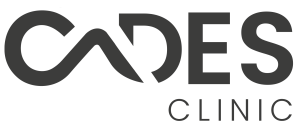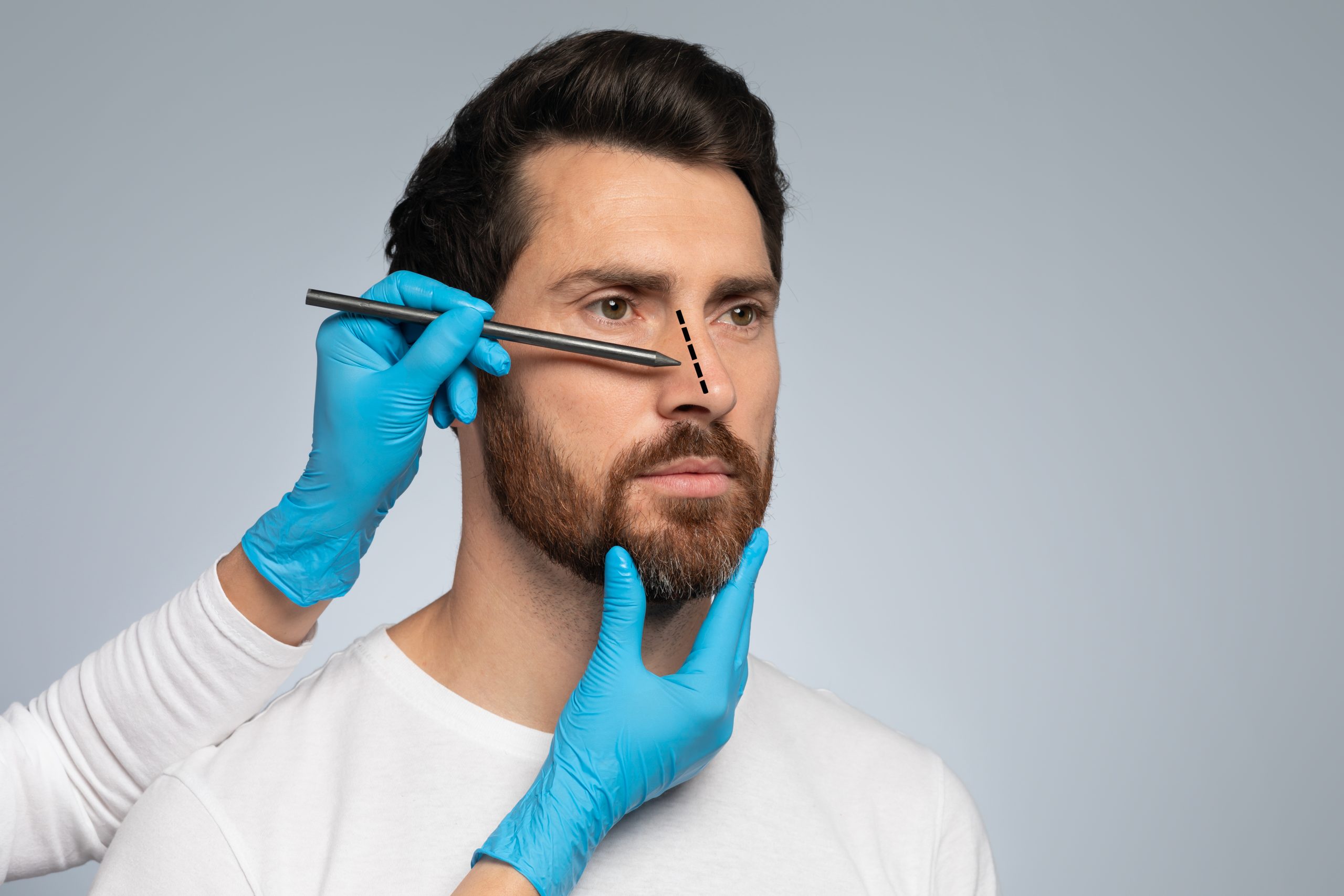Introduction
Rhinoplasty, considered one of the most intricate cosmetic surgical procedures, poses unique challenges due to the complex nature of the nose and its central position on the face. The quest for aesthetic perfection while preserving optimal nasal function requires a delicate balance. Despite the meticulous efforts of skilled plastic surgeons, some individuals opt for a secondary or revision rhinoplasty to address cosmetic concerns and improve nasal function. In this comprehensive guide, we explore the reasons behind choosing revision rhinoplasty, the complexities involved, and what sets it apart from the initial procedure.
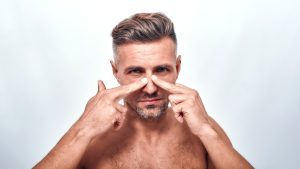
Can you do Rhinoplasty twice?
Revision rhinoplasty is sought by individuals who have previously undergone one or more rhinoplasty surgeries and wish to enhance the appearance and often the functionality of their nose. Unhappiness with the results of the initial surgery, uncorrected cosmetic deformities, or issues arising from the surgery itself are common motivations. Scar tissue from prior rhinoplasty can present challenges, potentially limiting the success of subsequent revision procedures. Patients seeking revision rhinoplasty may also require cartilage replacement, particularly when the nasal septum is deviated or tip cartilages have collapsed.
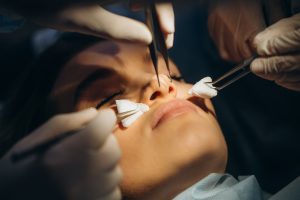
What is different in a Revision Rhinoplasty?
The complexity of revision rhinoplasty arises from the need to address existing scar tissue, cartilage deficiencies, and soft tissue irregularities. Surgeons often have to choose cartilage from alternative sources, such as the ear or occasionally the rib, to provide structural support. “Spreader grafts” may be utilized to correct internal valve collapse caused by a deviated nasal septum and deficiencies in upper lateral cartilages. Additionally, soft tissue irregularities along the bridge or tip may require the use of “temporalis fascia” for cover and camouflage.
How long does a second Rhinoplasty take to heal?
Despite the surgeon’s best efforts, revision rhinoplasty carries a higher revision rate compared to primary rhinoplasty. Patients must be aware that no ethical plastic surgeon can guarantee the outcome of revision rhinoplasty or any cosmetic surgical procedure. The recovery process may vary from person to person, but patients should expect a similar timeline to primary rhinoplasty, with noticeable improvements over several months.
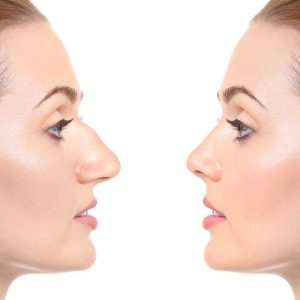
Conclusion
Opting for revision rhinoplasty is a personal decision, often driven by a desire for improved cosmetic and functional outcomes. Understanding the complexities involved, managing expectations, and choosing a skilled surgeon are crucial steps in ensuring a successful revision rhinoplasty experience. By following these recommendations, many patients find satisfaction and positive results in their journey toward achieving their aesthetic goals.
Disclaimer: The content on this blog is intended for general informational purposes only. It is not a substitute for professional medical advice, diagnosis, or treatment. Always consult qualified healthcare providers for personalized advice. Information regarding plastic surgery, dental treatment, hair transplant, and other medical procedures is educational and not a guarantee of results. We do not assume liability for actions taken based on blog content. Medical knowledge evolves; verify information and consult professionals. External links do not imply endorsement. By using this blog, you agree to these terms.
